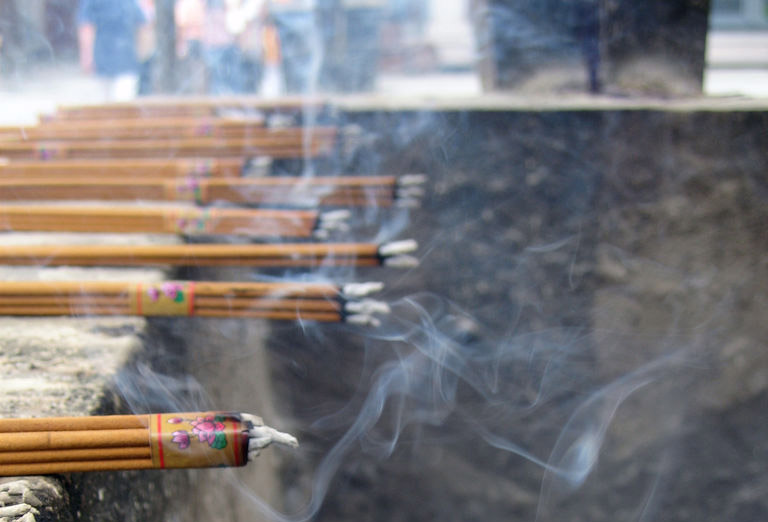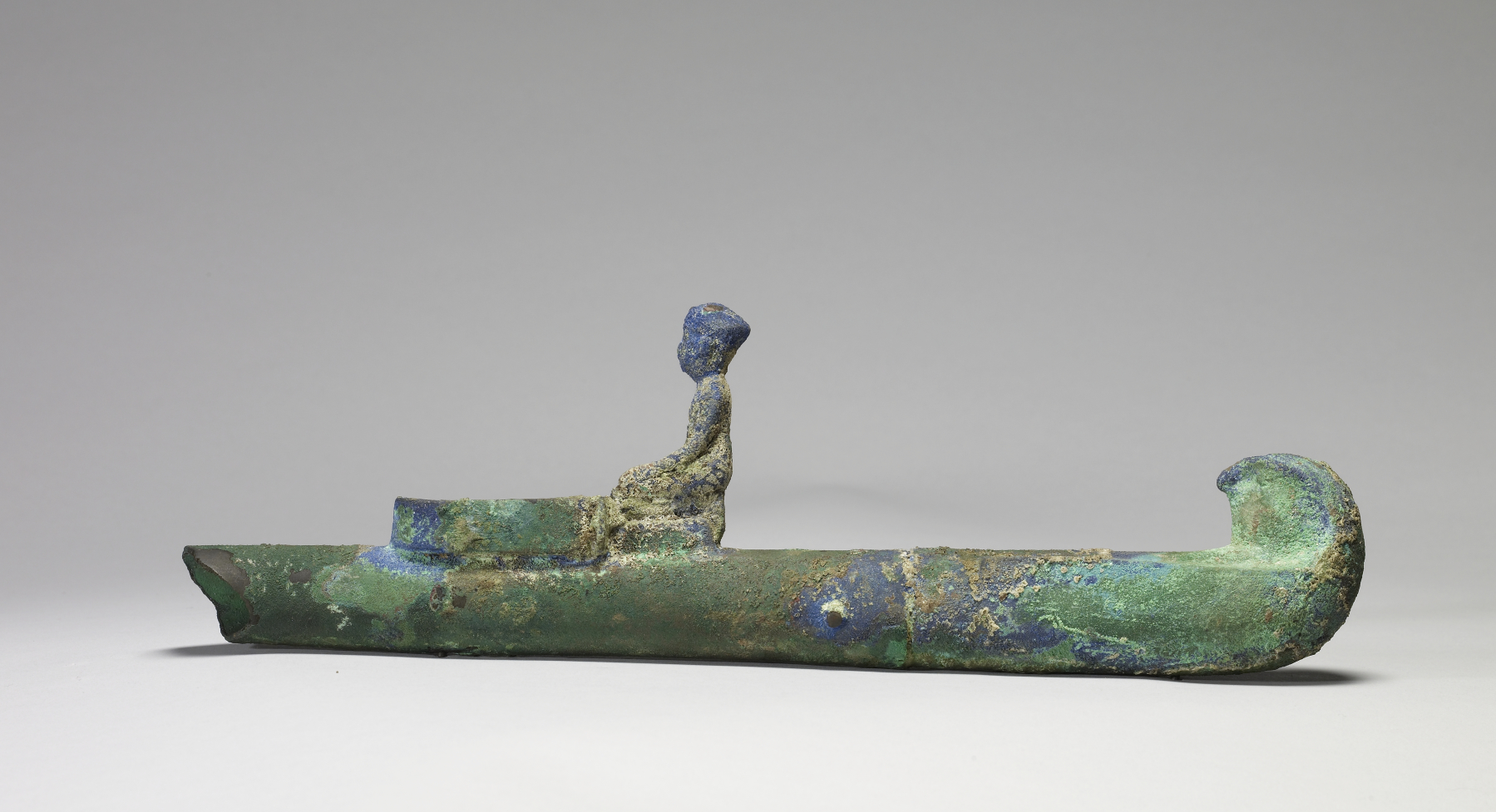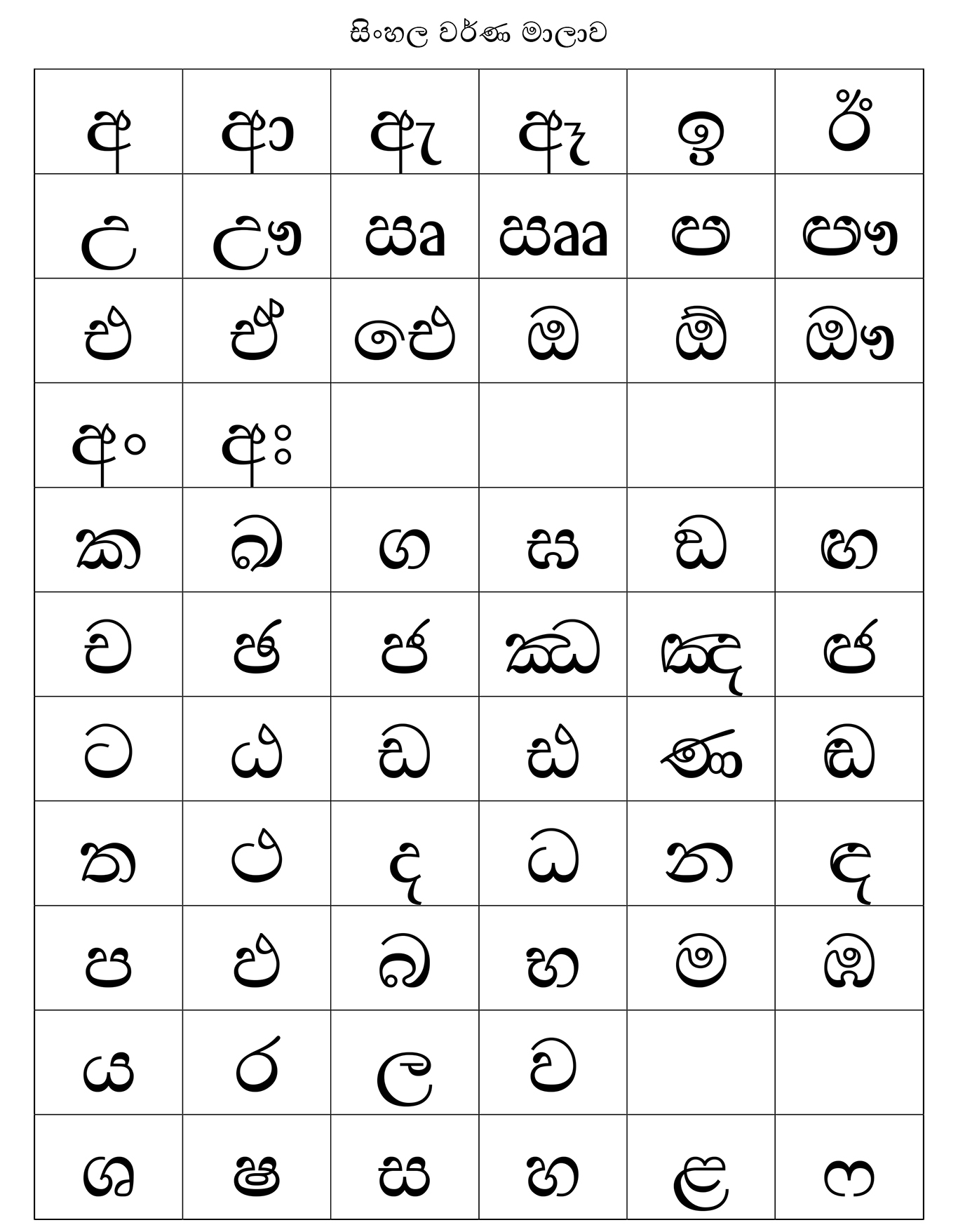|
Aloes
Agarwood, aloeswood, eaglewood or gharuwood is a fragrant dark resinous wood used in incense, perfume, and small carvings. This resinous wood is most commonly referred to as "Oud" or "Oudh". It is formed in the heartwood of aquilaria trees when the Acquilara Tree becomes infected with a type of mold (''Phialophora parasitica'') and secretes a resin to combat the mold. Prior to infection, the heartwood is odourless, relatively light and pale coloured; however, as the infection progresses, the tree produces a dark aromatic resin, called aloes (not to be confused with ''Aloe ferox'', the succulent commonly known as the bitter aloe) or agar (not to be confused with the edible, algae-derived agar) as well as ''gaharu'', ''jinko'', ''oud'', or ''oodh'' ''aguru'' (not to be confused with bukhoor), in response to the attack, which results in a very dense, dark, resin-embedded heartwood. The resin-embedded wood is valued in East and South Asian cultures for its distinctive fragrance, and ... [...More Info...] [...Related Items...] OR: [Wikipedia] [Google] [Baidu] |
Agarwood
Agarwood, aloeswood, eaglewood or gharuwood is a fragrant dark resinous wood used in incense, perfume, and small carvings. This resinous wood is most commonly referred to as "Oud" or "Oudh". It is formed in the heartwood of aquilaria trees when the Acquilara Tree becomes infected with a type of mold (''Phialophora parasitica'') and secretes a resin to combat the mold. Prior to infection, the heartwood is odourless, relatively light and pale coloured; however, as the infection progresses, the tree produces a dark aromatic resin, called aloes (not to be confused with ''Aloe ferox'', the succulent commonly known as the bitter aloe) or agar (not to be confused with the edible, algae-derived agar) as well as ''gaharu'', ''jinko'', ''oud'', or ''oodh'' ''aguru'' (not to be confused with bukhoor), in response to the attack, which results in a very dense, dark, resin-embedded heartwood. The resin-embedded wood is valued in East and South Asian cultures for its distinctive fragrance, and ... [...More Info...] [...Related Items...] OR: [Wikipedia] [Google] [Baidu] |
Aquilaria
''Aquilaria'' is a genus of fifteenNg, L.T., Chang Y.S. and Kadir, A.A. (1997) "A review on agar (gaharu) producing Aquilaria species" ''Journal of Tropical Forest Products'' 2(2): pp. 272-285 species of trees, called lign aloes or lign-aloes trees, in the family Thymelaeaceae, native to southeast Asia. They occur particularly in the rainforests of Indonesia, Thailand, Cambodia, Laos, Vietnam, Malaysia, Northeast India, Bangladesh, the Philippines, Borneo and New Guinea. The trees grow to 6–20 m tall. The leaves are alternate, 5–11 cm long and 2–4 cm broad, with a short acuminate apex and an entire margin. The flowers are yellowish-green, produced in an umbel; the fruit is a woody capsule 2.5–3 cm long. The genus is best known, together with '' Gyrinops'', as the principal producer of the resin-suffused agarwood used in aromatic incense production, especially '' Aquilaria malaccensis''.Barden, Angela (2000) ''Heart of the Matter: Agarwood Use and Trade and ... [...More Info...] [...Related Items...] OR: [Wikipedia] [Google] [Baidu] |
Aloe
''Aloe'' (; also written ''Aloë'') is a genus containing over 650 species of flowering succulent plants.WFO (2022): Aloe L. Published on the Internet;http://www.worldfloraonline.org/taxon/wfo-4000001341. Accessed on: 06 Nov 2022 The most widely known species is ''Aloe vera'', or "true aloe". It is called this because it is cultivated as the standard source for assorted pharmaceutical purposes. Other species, such as '' Aloe ferox'', are also cultivated or harvested from the wild for similar applications. The APG IV system (2016) places the genus in the family Asphodelaceae, subfamily Asphodeloideae. Within the subfamily it may be placed in the tribe Aloeae.Stevens, P.F. (2001 onwards).Asphodelaceae. ''Angiosperm Phylogeny Website''. Retrieved 2016-06-09. In the past, it has been assigned to the family Aloaceae (now included in the Asphodeloidae) or to a broadly circumscribed family Liliaceae (the lily family). The plant '' Agave americana'', which is sometimes called ... [...More Info...] [...Related Items...] OR: [Wikipedia] [Google] [Baidu] |
Bukhoor
Incense is aromatic biotic material that releases fragrant smoke when burnt. The term is used for either the material or the aroma. Incense is used for aesthetic reasons, religious worship, aromatherapy, meditation, and ceremony. It may also be used as a simple deodorant or insect repellent. Incense is composed of aromatic plant materials, often combined with essential oils. The forms taken by incense differ with the underlying culture, and have changed with advances in technology and increasing number of uses. Incense can generally be separated into two main types: "indirect-burning" and "direct-burning". Indirect-burning incense (or "non-combustible incense") is not capable of burning on its own, and requires a separate heat source. Direct-burning incense (or "combustible incense") is lit directly by a flame and then fanned or blown out, leaving a glowing ember that smoulders and releases a smoky fragrance. Direct-burning incense is either a paste formed around a bamboo stic ... [...More Info...] [...Related Items...] OR: [Wikipedia] [Google] [Baidu] |
Incense
Incense is aromatic biotic material that releases fragrant smoke when burnt. The term is used for either the material or the aroma. Incense is used for aesthetic reasons, religious worship, aromatherapy, meditation, and ceremony. It may also be used as a simple deodorant or insect repellent. Incense is composed of aromatic plant materials, often combined with essential oils. The forms taken by incense differ with the underlying culture, and have changed with advances in technology and increasing number of uses. Incense can generally be separated into two main types: "indirect-burning" and "direct-burning". Indirect-burning incense (or "non-combustible incense") is not capable of burning on its own, and requires a separate heat source. Direct-burning incense (or "combustible incense") is lit directly by a flame and then fanned or blown out, leaving a glowing ember that smoulders and releases a smoky fragrance. Direct-burning incense is either a paste formed around a bamboo ... [...More Info...] [...Related Items...] OR: [Wikipedia] [Google] [Baidu] |
Aloe Ferox
''Aloe ferox'', commonly known as bitter aloe, is a species of flowering plant in the family Asphodelaceae. This woody aloe is indigenous to southern Africa. It is one of several ''Aloe'' species used to make bitter aloes, a purgative medication, and also yields a non-bitter gel that can be used in cosmetics. Description ''Aloe ferox'' is a tall, single-stemmed aloe, that can grow to in height. Its leaves are thick and fleshy, arranged in rosettes, and have reddish-brown spines on the margins with smaller spines on the upper and lower surfaces. The leaf surfaces of young plants are covered in spines; however, as they get taller and less vulnerable to grazing, the leaves begin to lose most of their spines except for those along the leaf margins. Plants in the western part of its natural range tend to keep more of their leaf surface spines. Its flowers are a uniform orange or red, and stand between above the leaves, in multi-branched inflorescences. It is a variable speci ... [...More Info...] [...Related Items...] OR: [Wikipedia] [Google] [Baidu] |
Telugu Language
Telugu (; , ) is a Dravidian language spoken by Telugu people predominantly living in the Indian states of Andhra Pradesh and Telangana, where it is also the official language. It is the most widely spoken member of the Dravidian language family and one of the twenty-two scheduled languages of the Republic of India. It is one of the few languages that has primary official status in more than one Indian state, alongside Hindi and Bengali. Telugu is one of six languages designated as a classical language (of India) by the Government of India. Telugu is also a linguistic minority in the states of Karnataka, Tamil Nadu, Maharashtra, Gujarat, Chhattisgarh, Orissa, West Bengal, and the union territories of Puducherry and Andaman and Nicobar Islands. It is also spoken by members of the Telugu diaspora spread across countries like United States, Australia, United Kingdom, Canada, New Zealand in the Anglosphere; Myanmar, Malaysian Telugu, Malaysia, Indian South Africans, ... [...More Info...] [...Related Items...] OR: [Wikipedia] [Google] [Baidu] |
Sinhalese Language
Sinhala ( ; , ''siṁhala'', ), sometimes called Sinhalese (), is an Indo-Aryan language primarily spoken by the Sinhalese people of Sri Lanka, who make up the largest ethnic group on the island, numbering about 16 million. Sinhala is also spoken as the first language by other ethnic groups in Sri Lanka, totalling about 2 million people as of 2001. It is written using the Sinhala script, which is a Brahmic script closely related to the Grantha script of South India. Sinhala is one of the official and national languages of Sri Lanka. Along with Pali, it played a major role in the development of Theravada, Theravada Buddhist literature. The early form of the Sinhala language, is attested as early as the 3rd century BCE. The language of these inscriptions with long vowels and aspirated consonants is a Prakrit similar to Magadhi, a regional associate of the Middle Indian Prakrits that has been used during the time of the Buddha. The closest relatives are the Vedda language (a ... [...More Info...] [...Related Items...] OR: [Wikipedia] [Google] [Baidu] |
Gyrinops Walla
''Gyrinops walla'' is a species in the genus '' Gyrinops'' of the family Thymelaeaceae. It was described by Joseph Gaertner. The tree grows up to 15 m high. Its bark is thin and brownish-grey color. Leaves are 1–6 mm long and yellowish-white flower's pedicels are 3–4 mm long. ''Gyrinops walla'' is found in wet zone of Sri Lanka and very rarely in southwest India. It uses as agarwood and agarwood resin In polymer chemistry and materials science, resin is a solid or highly viscous substance of plant or synthetic origin that is typically convertible into polymers. Resins are usually mixtures of organic compounds. This article focuses on n .... The tree has commercial value that resulted to smuggling. In Sri Lanka, it is known as "Walla patta". Due to the demand of the tree, Sadaharitha Plantations Limited released a study on growing Gyrinops walla in home gardens. Some organizations conducted the research with the support of the Sri Lankan government. ... [...More Info...] [...Related Items...] OR: [Wikipedia] [Google] [Baidu] |
Tamil Language
Tamil (; ' , ) is a Dravidian language natively spoken by the Tamil people of South Asia. Tamil is an official language of the Indian state of Tamil Nadu, the sovereign nations of Sri Lanka and Singapore, and the Indian territory of Puducherry (union territory), Puducherry. Tamil is also spoken by significant minorities in the four other South Indian states of Kerala, Karnataka, Andhra Pradesh and Telangana, and the Union Territory of the Andaman and Nicobar Islands. It is also spoken by the Tamil diaspora found in many countries, including Malaysian Tamil, Malaysia, Myanmar Tamils, Myanmar, Tamil South Africans, South Africa, British Tamils, United Kingdom, Tamil Americans, United States, Tamil Canadians, Canada, Tamil Australians, Australia and Tamil Mauritians, Mauritius. Tamil is also natively spoken by Sri Lankan Moors. One of 22 scheduled languages in the Constitution of India, Tamil was the first to be classified as a Languages of India, classical language of India ... [...More Info...] [...Related Items...] OR: [Wikipedia] [Google] [Baidu] |
Chinese Language
Chinese (, especially when referring to written Chinese) is a group of languages spoken natively by the ethnic Han Chinese majority and many minority ethnic groups in Greater China. About 1.3 billion people (or approximately 16% of the world's population) speak a variety of Chinese as their first language. Chinese languages form the Sinitic branch of the Sino-Tibetan languages family. The spoken varieties of Chinese are usually considered by native speakers to be variants of a single language. However, their lack of mutual intelligibility means they are sometimes considered separate languages in a family. Investigation of the historical relationships among the varieties of Chinese is ongoing. Currently, most classifications posit 7 to 13 main regional groups based on phonetic developments from Middle Chinese, of which the most spoken by far is Mandarin (with about 800 million speakers, or 66%), followed by Min (75 million, e.g. Southern Min), Wu (74 million, e ... [...More Info...] [...Related Items...] OR: [Wikipedia] [Google] [Baidu] |
Kannada
Kannada (; ಕನ್ನಡ, ), originally romanised Canarese, is a Dravidian language spoken predominantly by the people of Karnataka in southwestern India, with minorities in all neighbouring states. It has around 47 million native speakers, and was additionally a second or third language for around 13 million non-native speakers in Karnataka. Kannada was the court language of some of the most powerful dynasties of south and central India, namely the Kadambas, Chalukyas, Rashtrakutas, Yadava Dynasty or Seunas, Western Ganga dynasty, Wodeyars of Mysore, Nayakas of Keladi Hoysalas and the Vijayanagara empire. The official and administrative language of the state of Karnataka, it also has scheduled status in India and has been included among the country's designated classical languages.Kuiper (2011), p. 74R Zydenbos in Cushman S, Cavanagh C, Ramazani J, Rouzer P, ''The Princeton Encyclopedia of Poetry and Poetics: Fourth Edition'', p. 767, Princeton Un ... [...More Info...] [...Related Items...] OR: [Wikipedia] [Google] [Baidu] |







